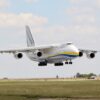The journey of human spaceflight has been marked by remarkable achievements and groundbreaking milestones. From the early days of launching the first satellite to the ambitious missions aiming for Mars, each step has pushed the boundaries of what we thought possible. This article explores 13 key milestones that have shaped our understanding and capabilities in space exploration, highlighting the pivotal moments that have paved the way for future discoveries.
Contents
Sputnik 1 Launch (1957)
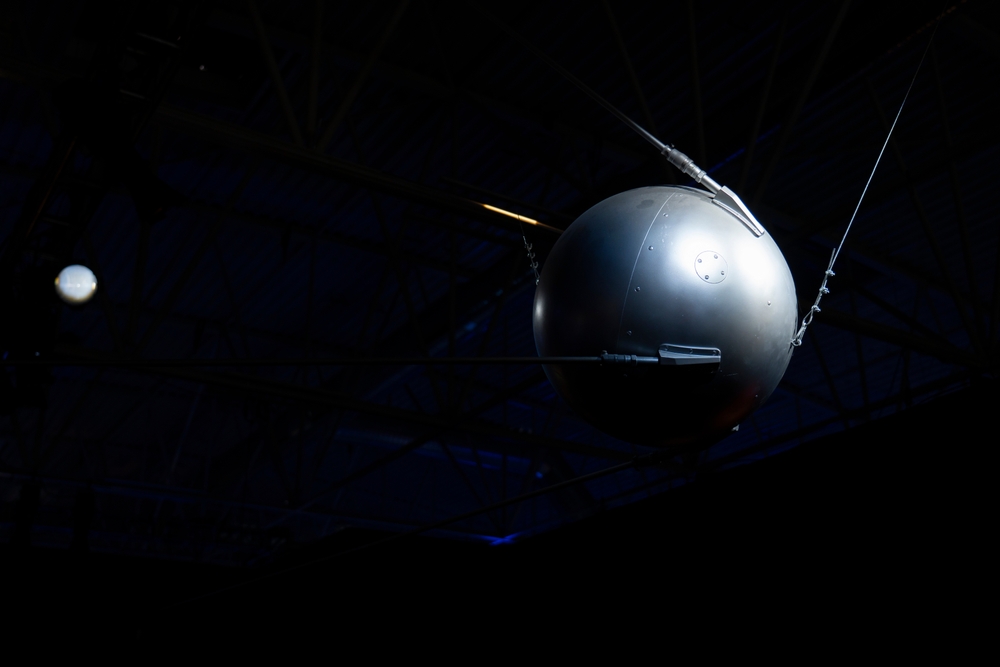
The launch of Sputnik 1 by the Soviet Union marked the beginning of the space age and the space race. As the first artificial satellite, it successfully orbited the Earth, proving the feasibility of space exploration. This pivotal event spurred the United States to accelerate its own space program. Significant advancements in space technology followed.
Yuri Gagarin’s Flight (1961)

On April 12, 1961, Yuri Gagarin became the first human to journey into outer space and orbit the Earth. His Vostok 1 mission was a monumental triumph for the Soviet Union, demonstrating that humans could survive and function in space. This success paved the way for future manned missions. Gagarin’s flight remains a historic milestone in human space exploration.
Apollo 11 Moon Landing (1969)
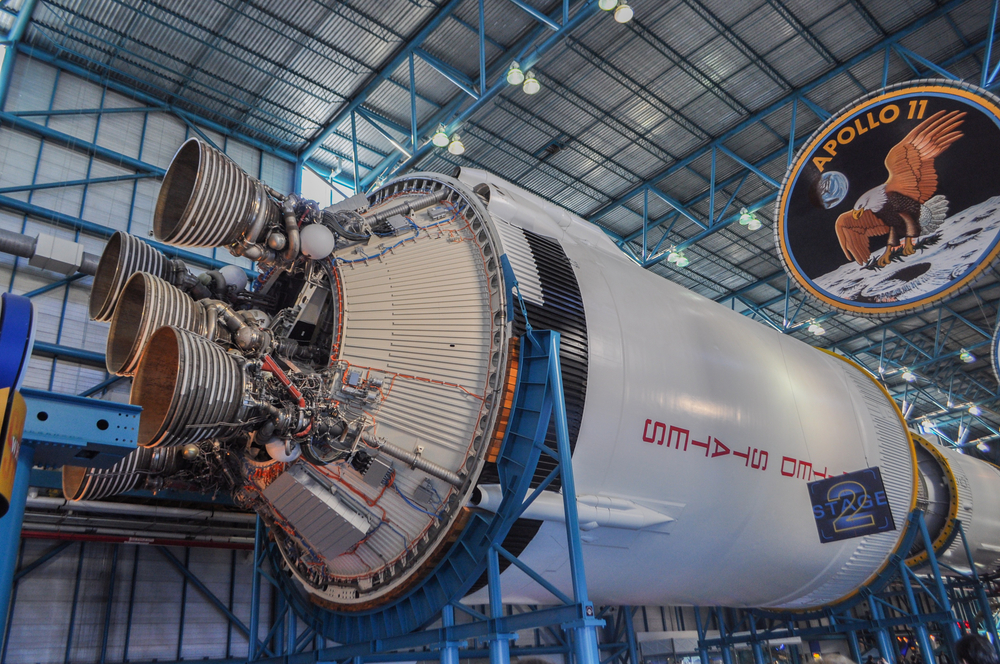
The Apollo 11 mission, featuring astronauts Neil Armstrong and Buzz Aldrin, achieved the first manned moon landing on July 20, 1969. Armstrong’s iconic words, “That’s one small step for man, one giant leap for mankind,” symbolized a monumental achievement in human history. The mission showcased America’s technological prowess.
Space Shuttle Columbia Launch (1981)
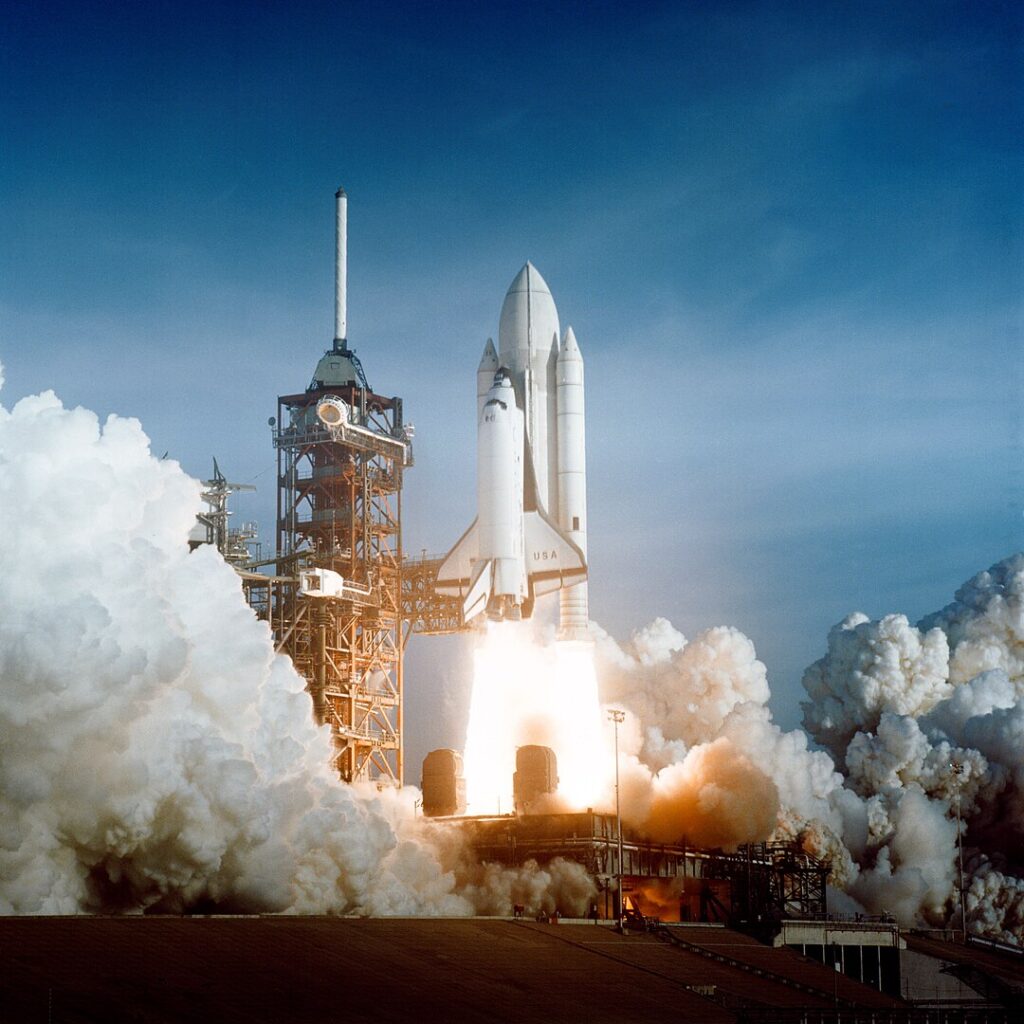
The launch of Space Shuttle Columbia on April 12, 1981, ushered in the era of reusable spacecraft. The shuttle program significantly reduced the cost of sending humans and cargo to space, enabling more frequent and diverse missions. Columbia’s successful missions laid the groundwork for extensive scientific research. International cooperation in space exploration was also enhanced.
Mir Space Station (1986-2001)
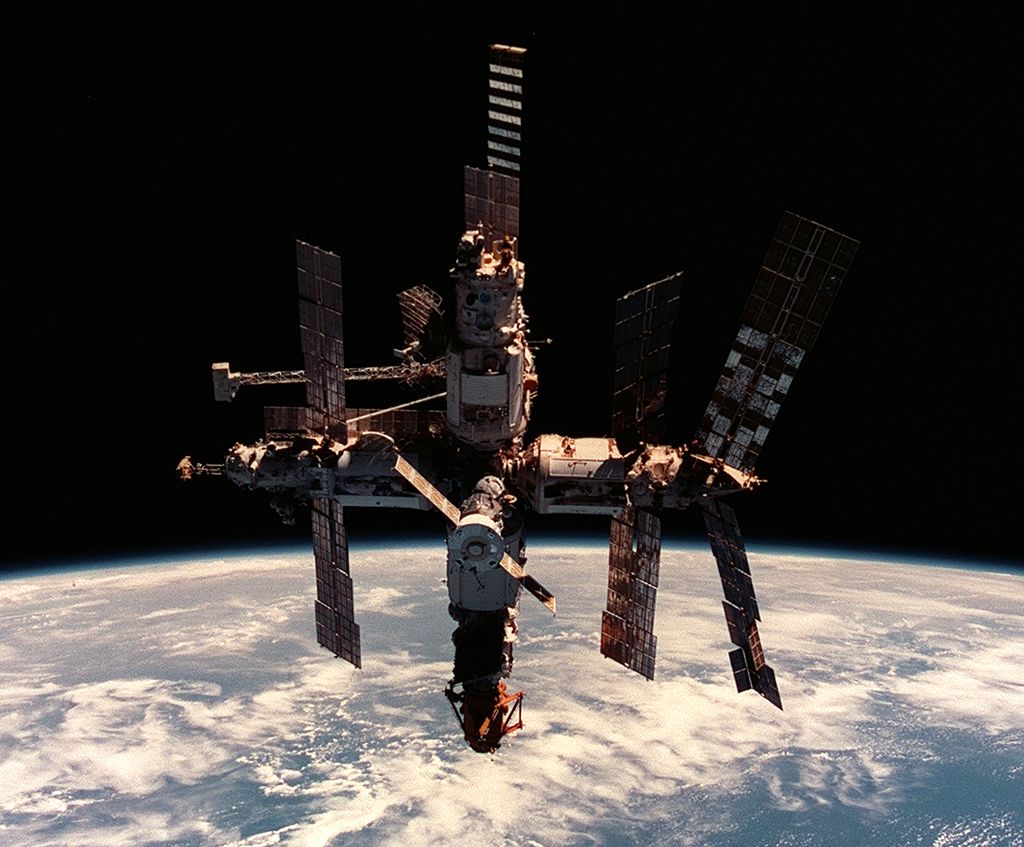
Operational from 1986 to 2001, the Soviet Union’s Mir space station was the first modular space station. Mir served as a research laboratory for long-term human spaceflight and international cooperation, hosting astronauts from various countries. It provided invaluable data on living in space for extended periods. These insights influenced the design of future space stations like the International Space Station (ISS).
Hubble Space Telescope Deployment (1990)
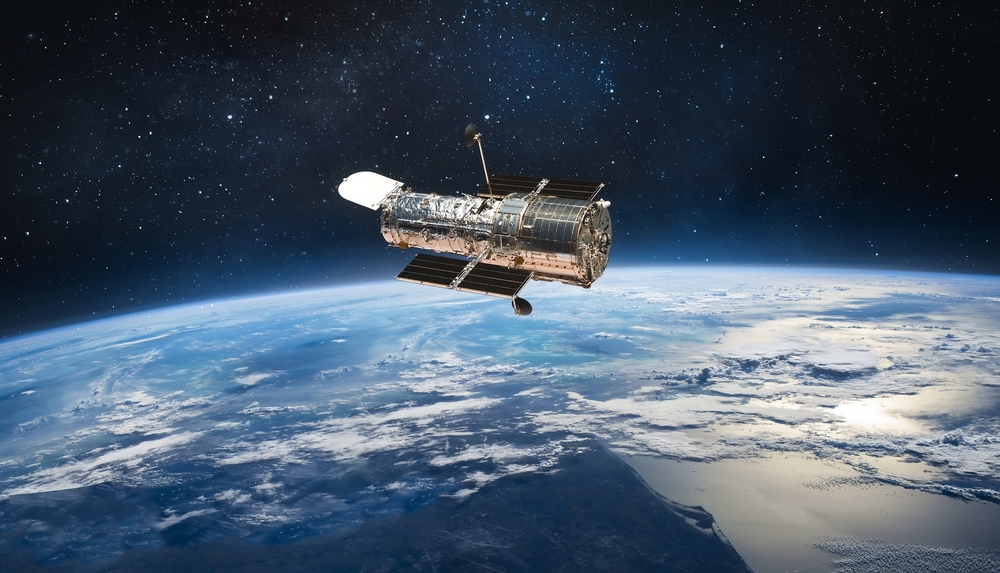
Deployed by Space Shuttle Discovery in 1990, the Hubble Space Telescope revolutionized our understanding of the universe. Hubble’s high-resolution images of distant galaxies, stars, and planets have led to numerous scientific discoveries. Its continuous operation has provided unprecedented insights into the cosmos. The telescope’s findings have influenced both astronomy and space exploration.
International Space Station (1998-present)
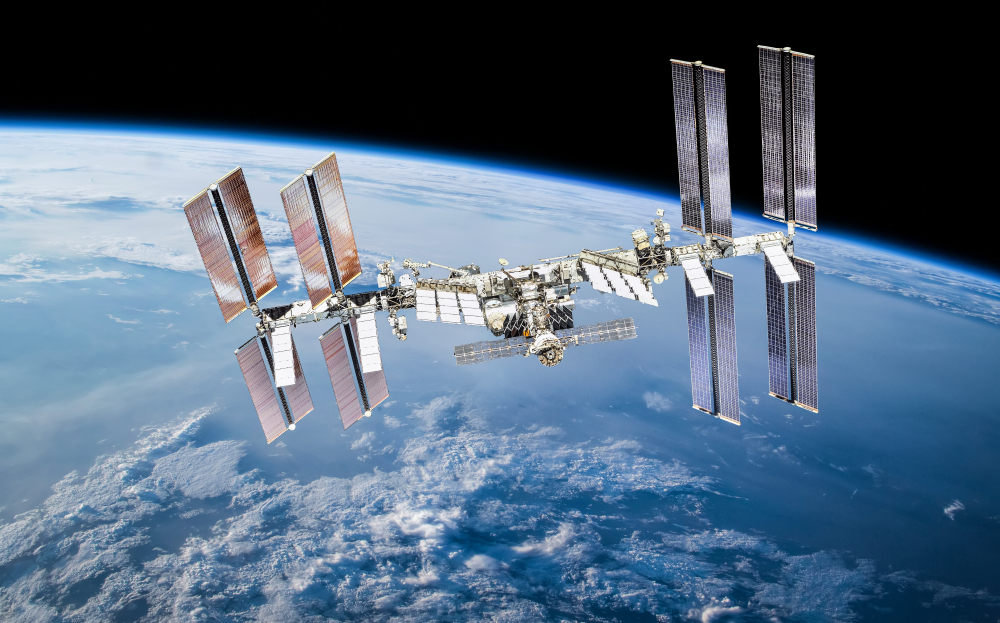
Launched in 1998, the International Space Station (ISS) represents one of the most ambitious international collaborations in human spaceflight. The ISS serves as a microgravity laboratory for scientific research, technological development, and international cooperation. It has hosted astronauts from around the world. The station demonstrates the potential for collaborative space exploration.
Curiosity Rover Landing on Mars (2012)
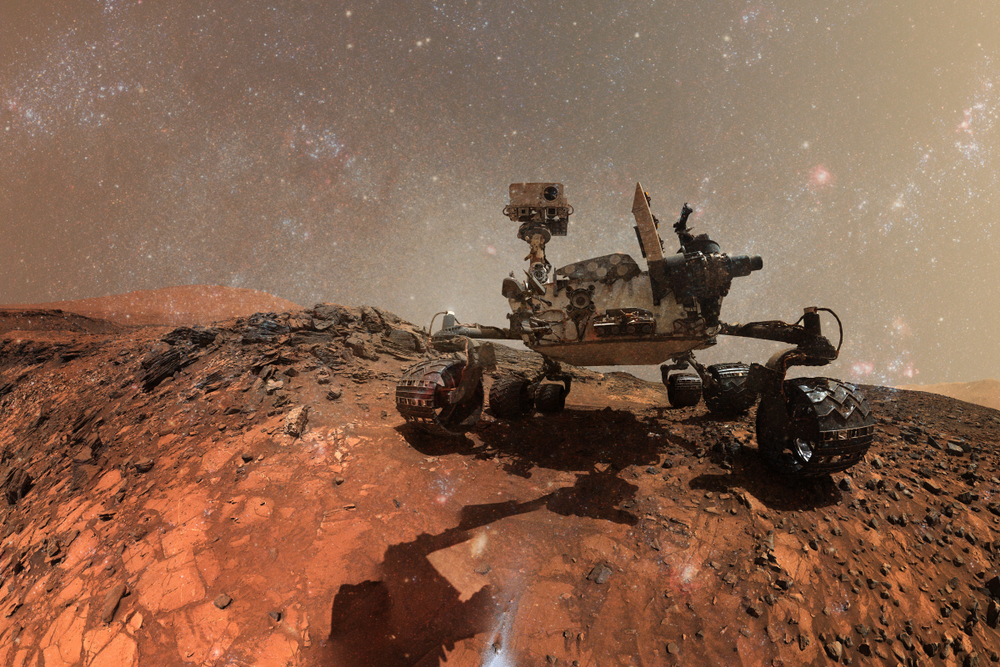
NASA’s Curiosity rover landed on Mars on August 6, 2012, marking a significant milestone in planetary exploration. Curiosity’s mission has provided critical data about Mars’ geology, climate, and potential for past life. Its findings have expanded our understanding of the Red Planet. Future manned missions to Mars have been informed by Curiosity’s discoveries.
Scott Kelly’s Year in Space (2015-2016)
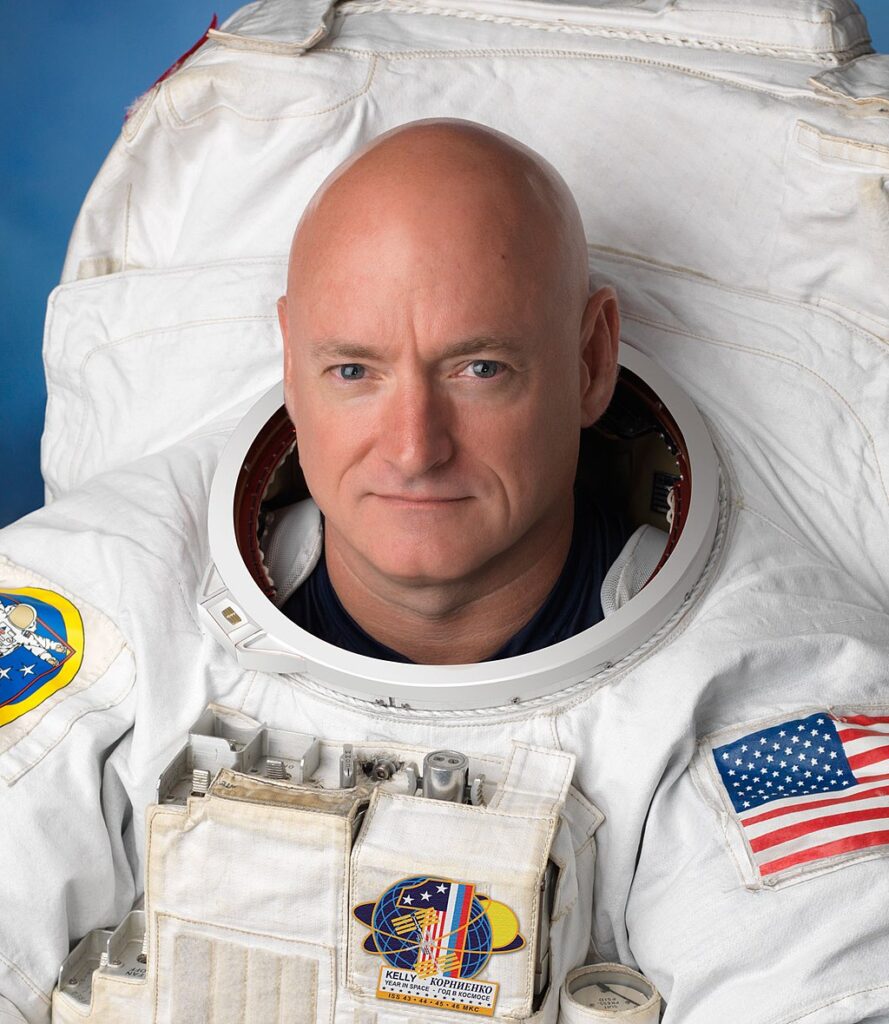
Astronaut Scott Kelly’s year-long mission aboard the ISS from 2015 to 2016 provided critical data on the effects of long-duration spaceflight on the human body. His mission aimed to understand the physiological and psychological impacts of extended stays in space. These insights are vital for planning future missions to Mars and beyond. Kelly’s mission has significantly contributed to space medicine.
SpaceX Falcon Heavy Launch (2018)
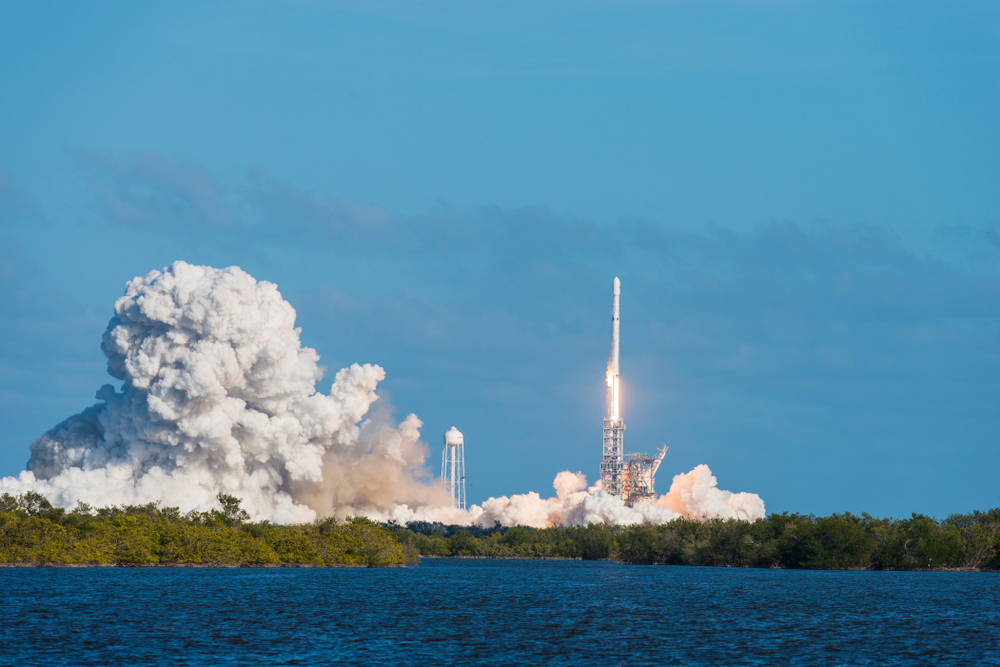
The successful launch of SpaceX’s Falcon Heavy rocket on February 6, 2018, marked a new era in space exploration and commercial spaceflight. Falcon Heavy’s capability to carry large payloads to space at a lower cost has significant implications for future missions. The launch demonstrated the growing capabilities of private companies. It advanced space technology.
Crew Dragon Demo-2 (2020)

Launched on May 30, 2020, SpaceX’s Crew Dragon Demo-2 mission marked the first time a private company sent astronauts to the ISS. The mission demonstrated the feasibility and safety of commercial crewed spaceflight. Regular private astronaut missions have been paved the way for. The commercialization of human spaceflight took a significant step forward.
Perseverance Rover Landing on Mars (2021)
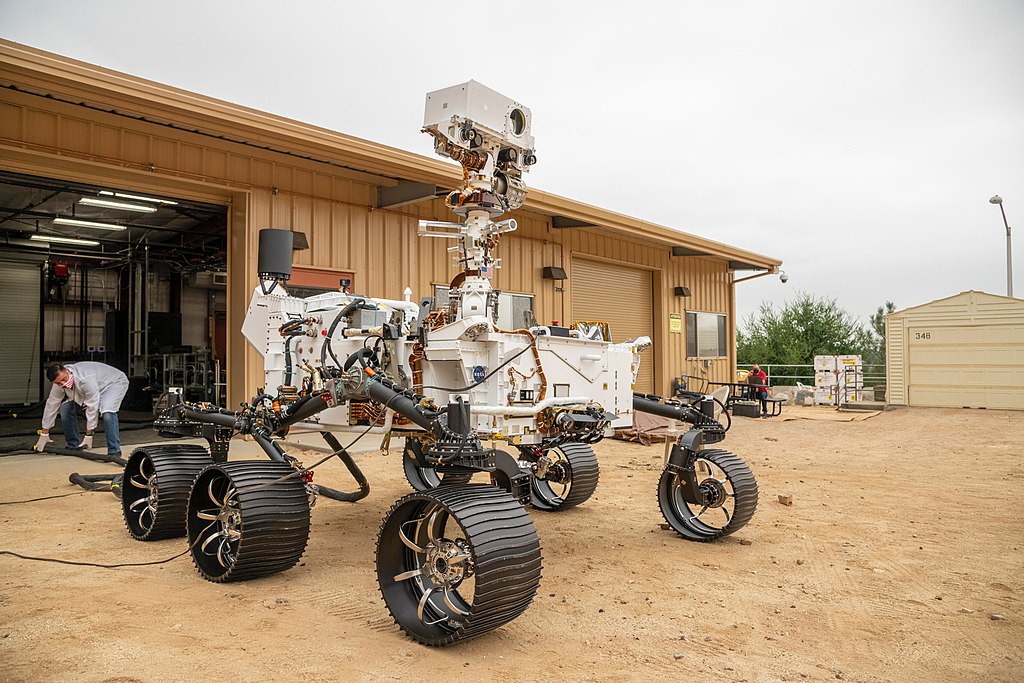
NASA’s Perseverance rover landed on Mars on February 18, 2021, with the mission of searching for signs of past life and collecting samples for future return to Earth. Perseverance’s advanced technology and scientific instruments have expanded our understanding of Mars’ history and potential for habitability. The mission also featured the first helicopter flight on another planet with the Ingenuity drone. Perseverance’s contributions to planetary science are profound.
James Webb Space Telescope Launch (2021)
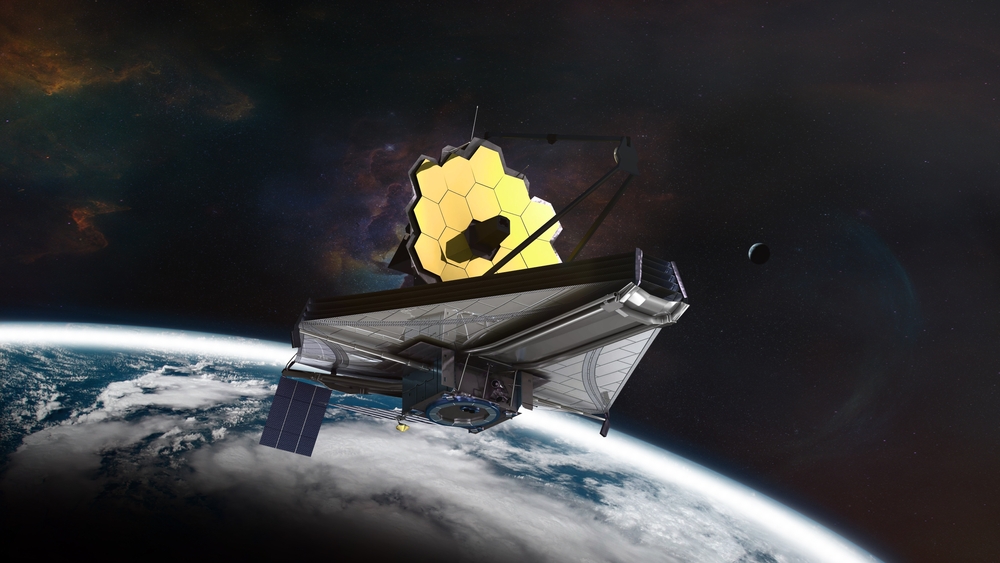
Launched on December 25, 2021, the James Webb Space Telescope (JWST) marked a significant advancement in space observation capabilities. JWST’s infrared technology allows it to peer deeper into the universe than ever before. Insights into the formation of stars and galaxies have been provided. Its findings are expected to revolutionize our understanding of the cosmos.
SpaceX Starship Test Flight (2023)
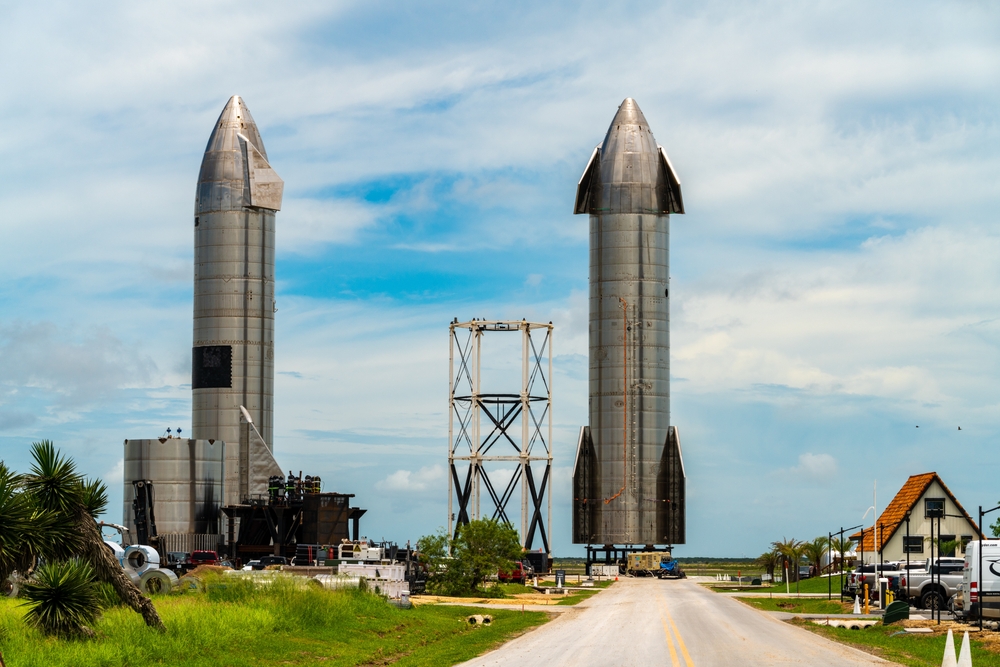
Representing a significant milestone, the successful test flight of SpaceX’s Starship in 2023 showcased a fully reusable spacecraft designed for missions to Mars and beyond. Starship’s advanced design and capabilities promise to revolutionize space travel. Interplanetary missions have become more feasible and cost-effective. The potential for rapid advancements in space technology driven by private industry was demonstrated.
This article originally appeared on MyCarMakesNoise.
More from MyCarMakesNoise
15 Long Distance Vehicles with Premier Safety Features
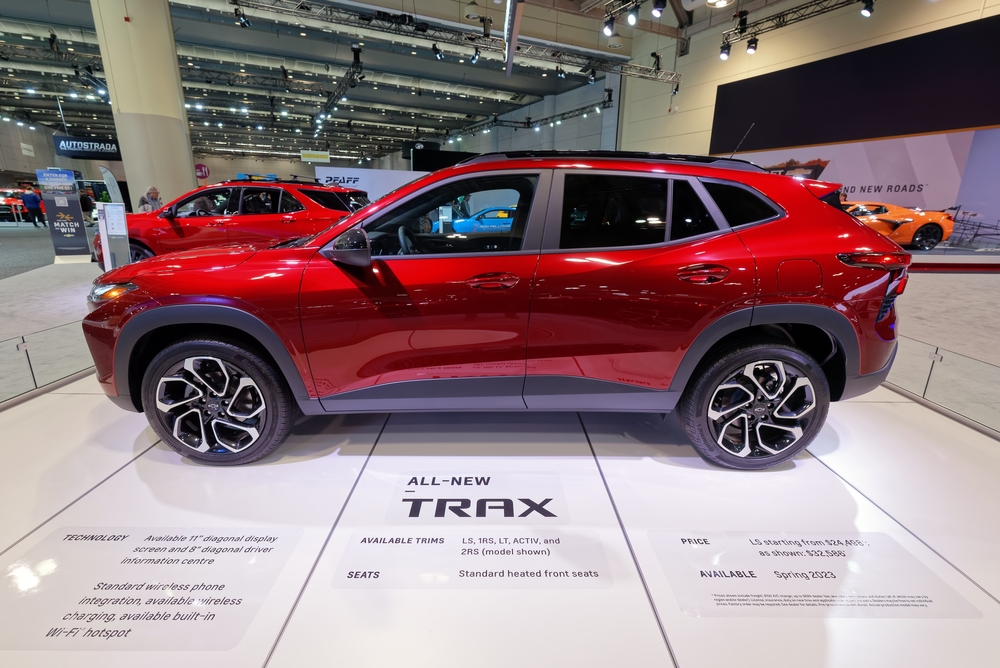
When planning a long road trip, safety is just as important as the destination. In this guide, we’ve curated a list of cars renowned for their top-notch safety features and comfort. Read More.
20 Camper Vans Designed for Nomadic Lifestyles
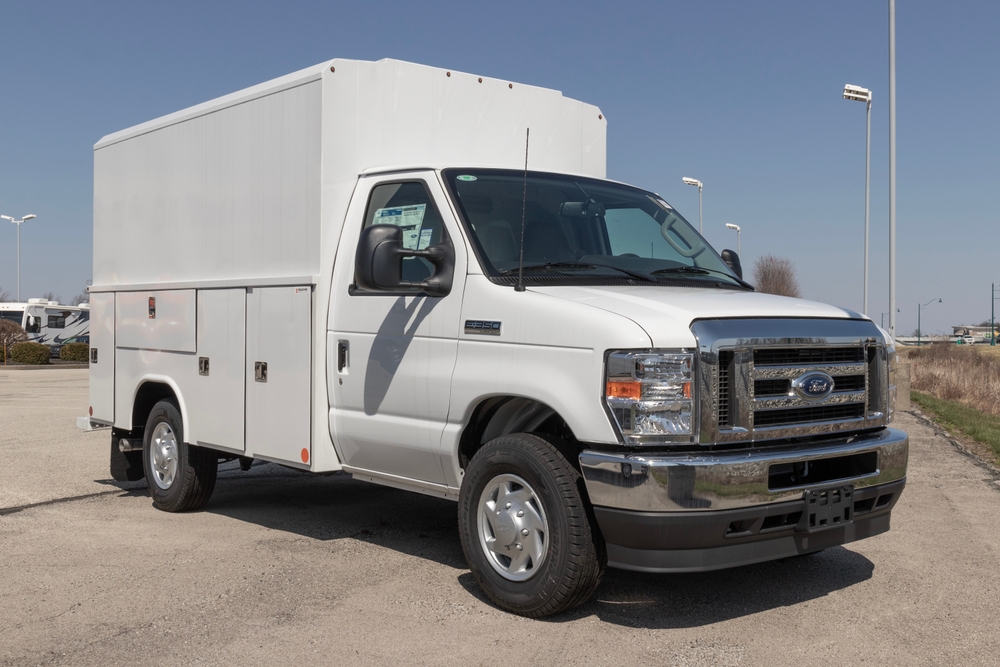
Embarking on a nomadic lifestyle requires a reliable and comfortable home on wheels. Whether you’re looking to traverse rugged terrains or desire the freedom to roam freely across diverse landscapes, selecting the right camper van is crucial. Read More.
25 Hatchbacks with Surprising Horsepower

When it comes to hatchbacks, most people think of practicality and economy. However, some models combine these traits with impressive horsepower, offering a thrilling driving experience. Read More.











